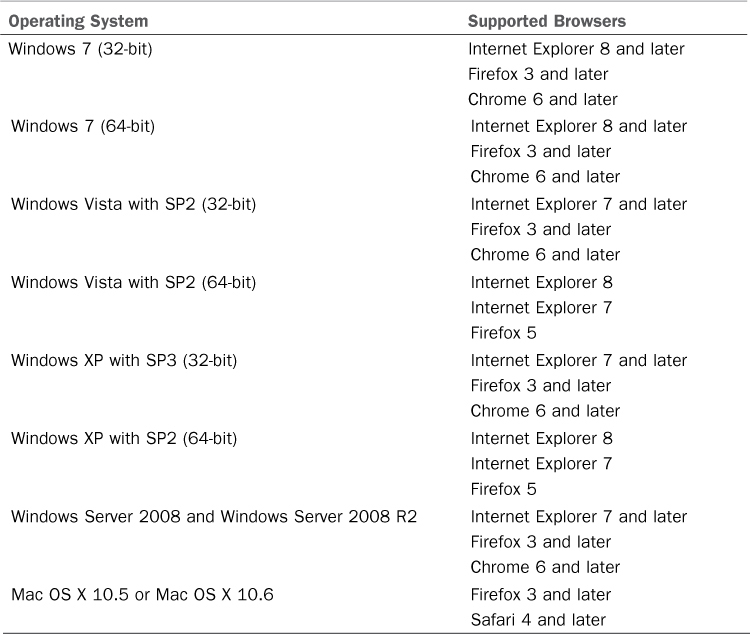1. Overview of Lync Online and Office 365
Lync Online is a service offering that can be
purchased either separately or as part of Office 365 Enterprise,
Microsoft’s cloud collaboration and productivity suite, which also
includes Exchange Online, SharePoint Online, Office Professional Plus,
and Office Web Apps. Lync Online offers features that are very similar
to Lync Server 2013, including IM and presence, sharing and
collaboration, peer-to-peer voice and video calls, and online meetings.
With the purchase of third-party services from an approved Microsoft partner, hosted voice and dial-in conferencing are also included as part of the feature set.
With the updated release of Office 365,
Microsoft is seeking to close the gap by offering additional features,
as well as support for hybrid deployments involving both on-premise and
cloud services for the same SIP domain. Microsoft offers a standard set
of features for all cloud services, including Lync Online. Following is
a summary of the standard Microsoft cloud service features:
• Secure Access—All traffic is secured using 128-bit SSL or TLS encryption.
• Intrusion Monitoring—Microsoft
continuously monitors all online systems for unusual or suspicious
activity, and notifies customers of issues as needed.
• Security Audits—Microsoft
regularly assesses the infrastructure of online systems to ensure that
antivirus signatures are updated and security updates are installed.
• High Availability—There is a 99.9% scheduled uptime for online systems, with SLA guarantees in place.
• Service Continuity—Redundant systems are located in geographically dispersed data centers to handle unscheduled service outages.
• Directory Synchronization—Synchronization
of directory information between the local Active Directory and Office
365 is made available using the free Directory Synchronization tool.
• Single Sign-on—Single
sign-on is achieved by deploying an instance of Active Directory
Federated Services on-premise, and using it to federate with the cloud
tenant.
2. Operating System and Browser Requirements
Lync Online and Office 365 are compatible with specific combinations of operating systems and web browsers, as shown in Table 1.
Table 1. Operating System and Browser Requirements for Lync Online

3. Software Requirements
To use Lync Online, either the Lync 2010
client with cumulative update 2 or higher or the Lync 2013 client is
supported. An additional requirement is the Microsoft Online Services
Sign In Assistant, which is used to allow Lync to authenticate to
Microsoft Online Services. The following are some additional software
requirements, depending on the client operating system:
• Microsoft .NET Framework 3.0 (for Windows XP)
• Java client 1.4.2 (for Mac OS X)
4. Office Desktop Setup
To simplify the installation and maintenance
of components and updates that are required for the functionality of
Lync Online and Office 365, Microsoft provides a free piece of software
named Office Desktop Setup. The Office Desktop Setup software includes
the following features:
• Automatically detects required updates and components, and installs these upon approval or silently from a command line
• Automatically configures the Lync client for use with Lync Online
• Uninstalls itself automatically from the client system after running